News
-
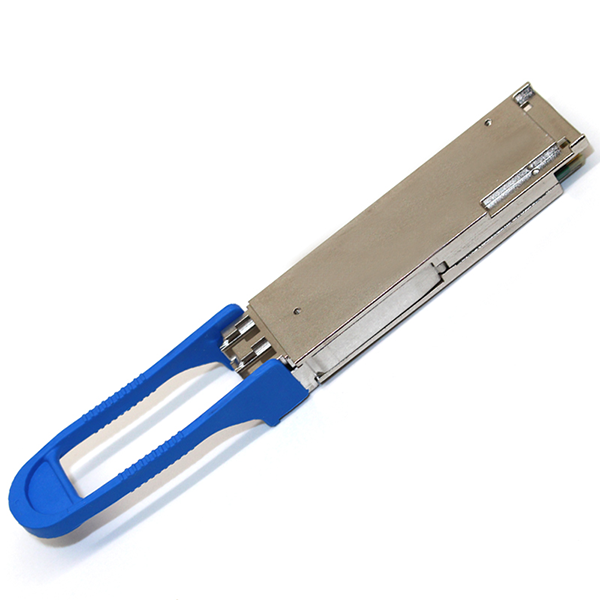
of QSFP28 optical modules are there?
QSFP28 optical module can be said to be a new generation of optical module, which is favored by many manufacturers because of its advantages such as small size, high port density, and low power consumption. So, what types of QSFP8 optical modules are there? QSFP28 optical module is also known as...Read more -
What is AOC
AOC Active Optical cable, also known as Active Optical Cables, refers to the communication cables that require external energy to convert electrical signals into optical signals or optical signals into electrical signals. Optical transceivers at both ends of the cable provide photoelectric conver...Read more -

OTN Application scenarios
OTN and PTN It should be said that OTN and PTN are two completely different technologies, and technically speaking, it should be said that there is no connection. OTN is an optical transport network, which is evolved from the traditional wavelength division technology. It mainly adds the intellig...Read more -
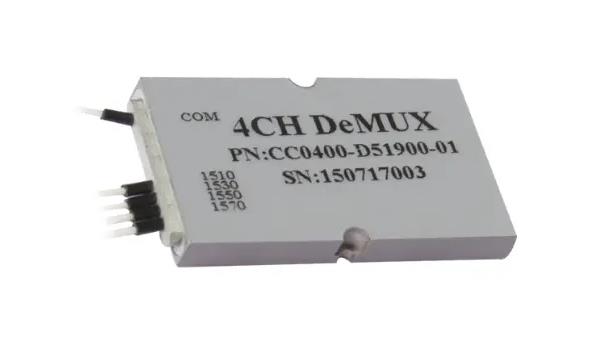
OTN (Optical Transport Network) is a transmission network that organizes networks at the optical layer based on wavelength division multiplexing technology.
It is the backbone transmission network of the next generation. Simply put, it is a wavelength-based next-generation transport network. OTN is a transport network based on wavelength division multiplexing technology that organizes the network at the optical layer, and is the backbone transport ne...Read more -
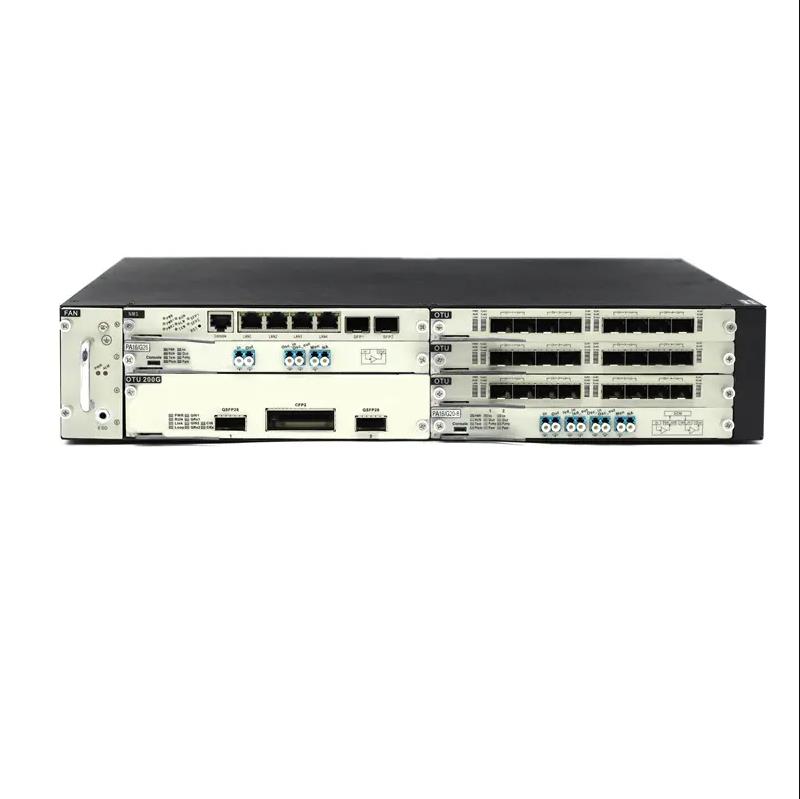
The difference between DWDM and OTN
DWDM and OTN are two technical systems developed by wavelength division transmission technology in recent years: DWDM can be regarded as the previous PDH (point-to-point transmission), and the online and offline services are completed on ODF through hard jumpers; OTN is like SDH (various types of...Read more -
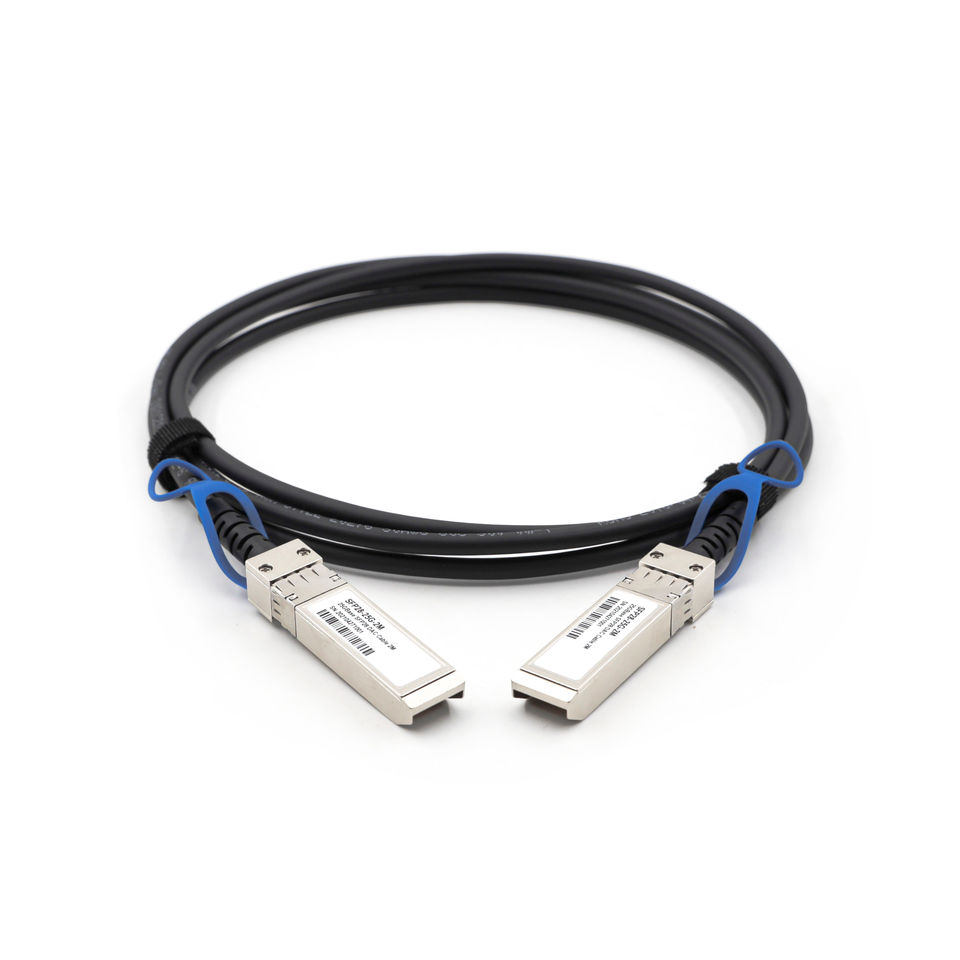
Common DAC high-speed cable classification
DAC high-speed cable (Direct Attach Cable) is generally translated as direct cable, direct-connect copper cable or high-speed cable. It is defined as a low-cost short-distance connection scheme that replaces optical modules. Both ends of the high-speed cable have modules Cable assemblies, non-rep...Read more -
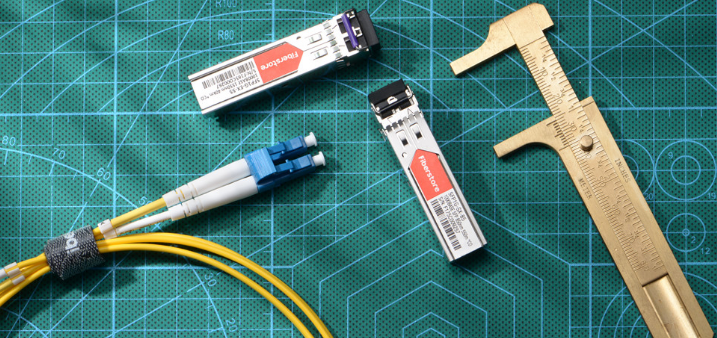
In-depth analysis of fiber optic transceivers
Due to the high bandwidth and low attenuation brought by optical fiber, the speed of the network is taking a huge leap. Fiber optic transceiver technology is also rapidly evolving to meet the ever-increasing demands for speed and capacity. Let’s take a look at how this advancement will affe...Read more -
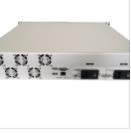
What is the difference between fiber optic transceivers and Ethernet transceivers?
FC (Fibre Channel) transceivers are an important part of Fibre Channel infrastructure, and Ethernet transceivers combined with Ethernet switches are a popular matching combination when deploying Ethernet. Obviously, these two types of transceivers serve different applications, but what exactly is...Read more -
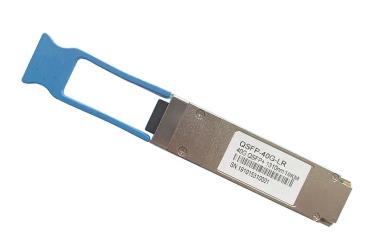
The difference between fiber optic switches and fiber optic transceivers!
Optical transceivers and switches are both critical in Ethernet transmission, but they differ in function and application. So, what is the difference between fiber optic transceivers and switches? What is the difference between fiber optic transceivers and switches? Optical fiber transceiver is a...Read more -
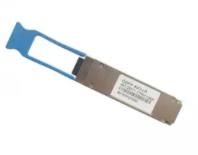
How to test fiber optic transceivers?
With the development of the network and the advancement of technology, many fiber optic component manufacturers have appeared in the market, trying to grab a share of the network world. Since these manufacturers produce a variety of components, their goal is to make high-quality and mutually comp...Read more -

Supporting facilities for fiber optic transceivers: Optical Distribution Frame (ODF) Basics
The deployment of fiber optics has been growing, driven by the need for high-speed data rates. As the installed fiber grows, the management of optical transport networks becomes more difficult. Many factors should be considered during fiber cabling, such as flexibility, future feasibility, deploy...Read more -

The difference between single-mode and multi-mode fiber optic transceivers 3 ways to distinguish single-mode and multi-mode fiber optic transceivers
1. The difference between single-mode and multi-mode fiber optic transceivers The core diameter of the multimode fiber is 50~62.5μm, the outer diameter of the cladding is 125μm, and the core diameter of the single-mode fiber is 8.3μm, and the outer diameter of the cladding is 125μm. The working w...Read more












